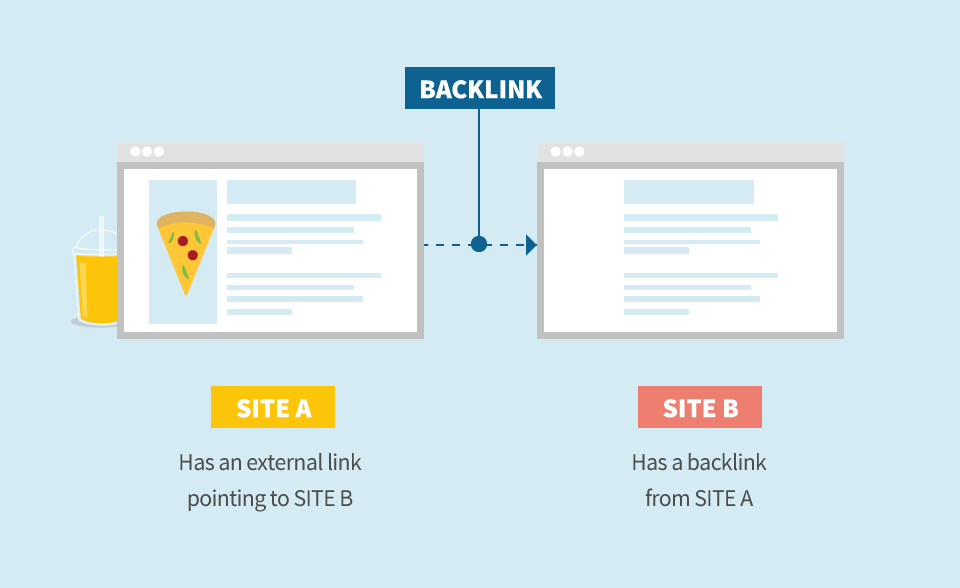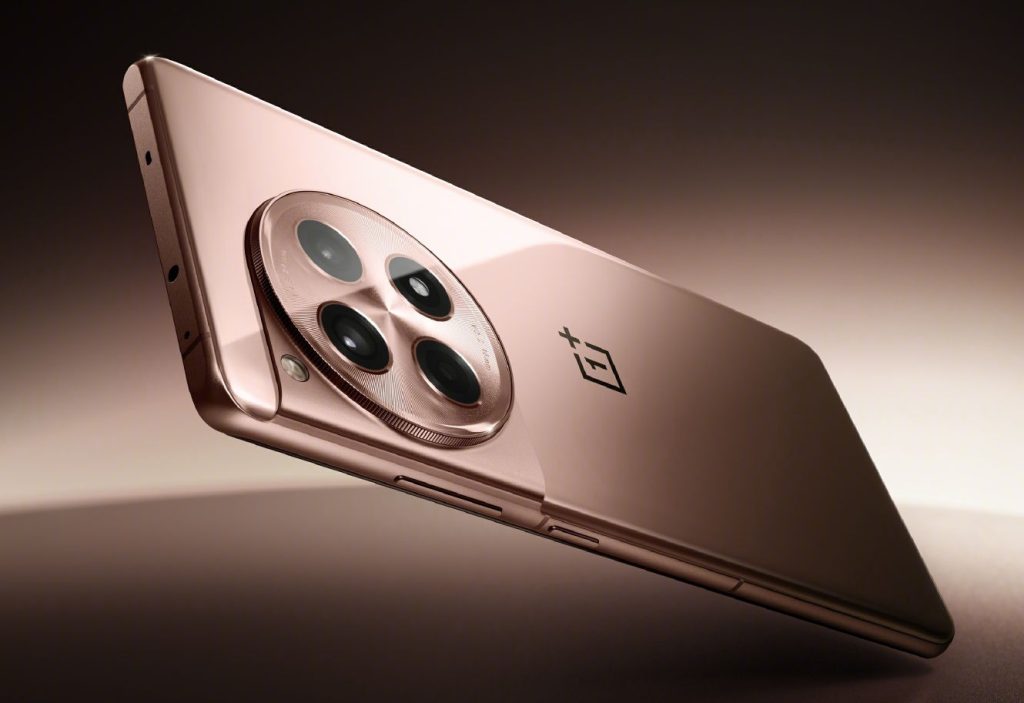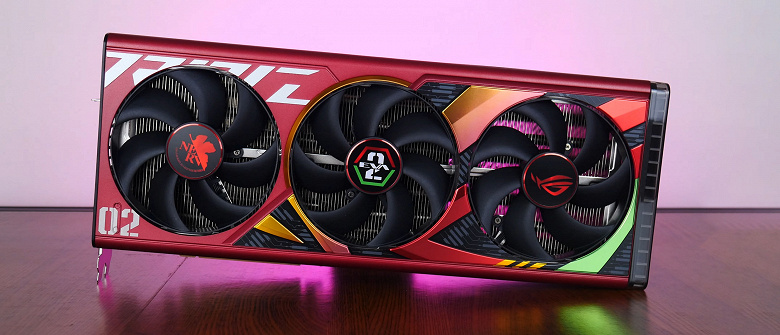The research company PR News, together with the JagaJam service, conducted a study of the communication of brands of the e-commerce segment with consumers in social networks. The study was presented on May 21 as part of the Russian Internet Forum RIF + CIB 2020.
The study analyzed the personal pages of e-commerce companies from four categories: multi-category online stores, food delivery, food delivery and grocery supermarkets.
How e-commerce communicates with consumers during self-isolation – research
Analysts studied three parameters of official accounts: site activity, users (number of subscribers, engagement, UGC dynamics, etc.) and content (format, length, post topics, etc.).

Subscribers began to show great activity on the pages of brands during self-isolation. Since the end of March, the share of user-generated content (UGC content) has grown significantly. Users most often wrote about a delivery, security, service, price increases, expansion of services. A negative tone prevailed in the messages, but thanks to shops and services became a pleasant exception.
Also, users began to interact more often with messages on brand pages (like comment, etc.). The most involved in the communication of e-commerce brands were Instagram subscribers, the least – VK subscribers.
In content, brands showed a trend towards visualization – the average use of photos in posts increased by 9%. But at the same time, the posts also became longer — on average, the share of “Longrid” increased – by 28% – posts with the number of characters from 600 or more. But the use of video has decreased significantly – by 18%.
Also, during self-isolation, brands increased the amount of reputation content on their pages, but the number of involving content decreased:
The time during which the user was answered his question (Response Time) was also analyzed. I took the lead in reaction speed with the Beru marketplace with an average response time of 1 hour 24 minutes, SberMarket became an outsider among the analyzed companies with a response speed of 1 day 13 hours 43 minutes.
In general, the study showed that brands adequately responded to the challenges of the time: they quickly adapted communication to the existing realities, demonstrated increased attention to the needs of the audience, and even managed to rebuild from competitors.









